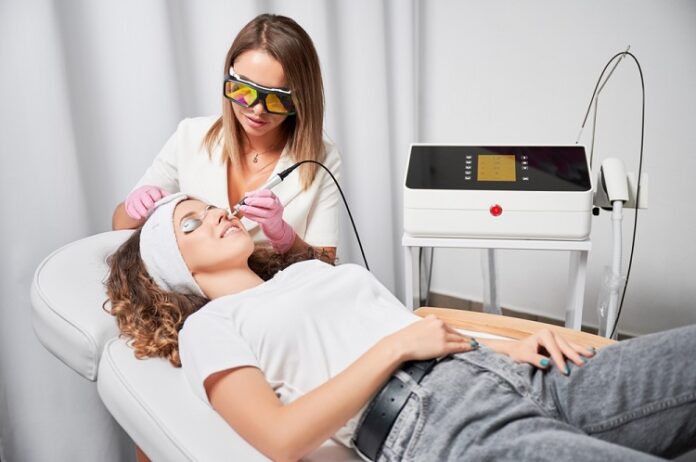Cosmetic operations have grown more widespread in the previous ten years. Minimally invasive techniques have grown even faster than surgical treatments. Botulinum toxin (botox) injections, laser hair removal, nonsurgical fat reduction, hyaluronic acid treatments, and photorejuvenation (IPL) were the five most prevalent nonsurgical cosmetic procedures in 2019. Consult a professional today to learn more about medical, surgical and cosmetic dermatology southwes.
While some dermatologists concentrate on medical difficulties and skin hazards, others focus on aesthetic issues and dermatology’s cosmetic applications. Cosmetic dermatology is a specialization of dermatology that requires further training. However, no further qualification is required for the specialization.
Table of Contents
What a cosmetic dermatologist does
A cosmetic dermatologist could work in a dermatological clinic, a general practice, or a medical spa. They address patient wishes rather than patient necessities, delivering services such as:
- Removing hair on the face or body
- Smoothing wrinkles
- Correcting skin tone
- Removing tattoos
- Tightening skin
- Reducing surface fat
- Treating acne and acne scars
- Treating cellulite
Depending on where they practice and what you want to be done, they might or might not ask you for an initial appointment to develop a treatment plan. In addition to in-person treatments, they may prescribe drugs (oral or topical) and provide lifestyle and skin care advice.
Education and training
A cosmetic dermatologist must have all of a dermatologist’s training and certification. They must have the following qualifications after receiving their bachelor’s degree to be board-certified:
- Graduation from a medical school that is recognized
- Completion of a recognized dermatology residency program, which involves a year of internship and three years of residency
- Two letters of recommendation from diplomates of a certifying board
The American Board of Dermatology, the American Osteopathic Board of Dermatology, or the Royal College of Physicians and Surgeons of Canada may certify them. The letters FAAD after a doctor’s name signify that he or she is board-certified and a member of the American Academy of Dermatology.
A cosmetic dermatologist may frequently pursue extra training in aesthetic treatments besides this schooling.
Why you should consult a cosmetic dermatologist
Cosmetic dermatologists provide various treatments frequently featured on their websites. Their services may include, among other things, the following:
Botox injections
Botulinum toxin injections into the skin minimize the appearance of wrinkles. It suppresses the release of acetylcholine, which is responsible for face muscle contraction. Because the repeated contraction of these muscles creates wrinkles, a lack of acetylcholine momentarily reduces the appearance of wrinkles.
Dermal fillers
Dermal fillers are another injection used to make the skin seem younger. The material is injected into hollows, creases, or wrinkles in the face to instantly volumize them. There are numerous types of fillers, and you should talk to your doctor about which one is right for you.











